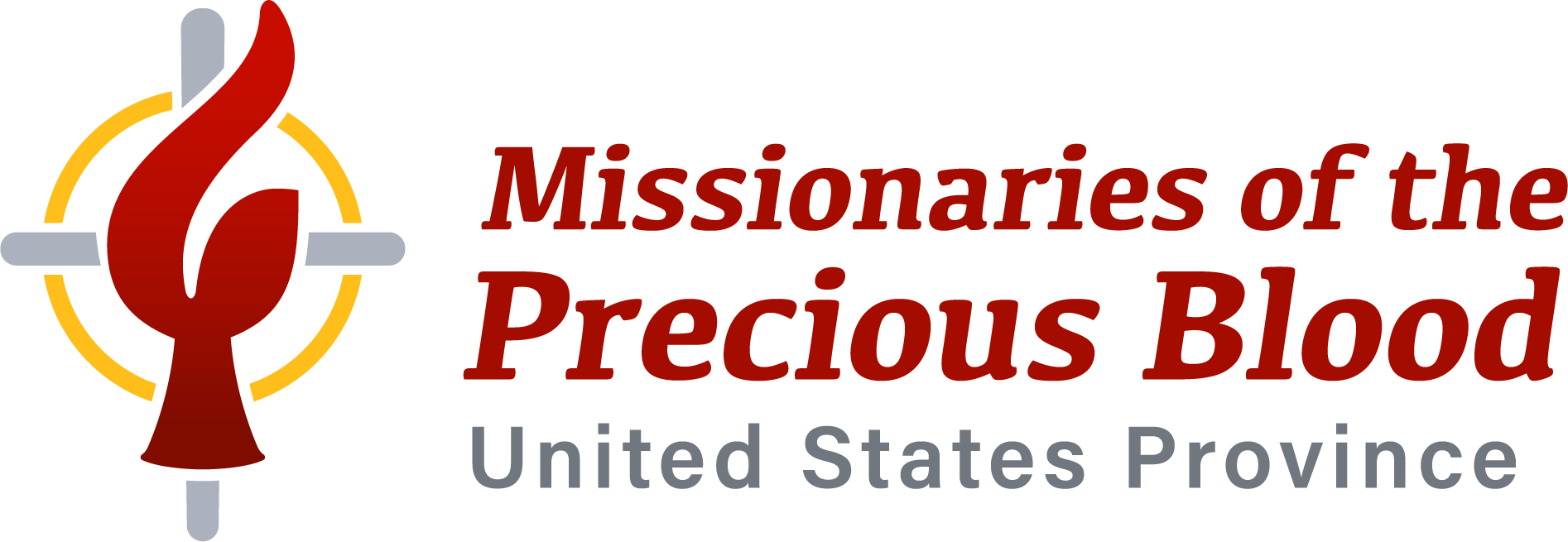by Cayetana Maristela, Saint Joseph, Missouri Companion
Cayetana Maristela is originally from the Philippines, and has returned for a sabbatical. This is the second article detailing her experiences.
It had been about six weeks since I returned to the Philippines, specifically Pililla, for this sabbatical year. The last time I was here was when I stayed for three weeks in October 2011.
Life is tough in Pililla. We are prone to typhoons and are at their mercy. One week after I arrived, Typhoon Glenda made landfall. Here in Pililla we were spared much destruction, as compared with other places. Still, one of the chicken houses at an uncle’s farm collapsed, killing hundreds of chickens. Chickens in the undamaged houses were traumatized, which stunted their growth, and they were sold for less money. Because of flooding, merchants sold their fish at much lower prices.
The exchange rate between the U.S. dollar and the Philippine peso hovers around one dollar equaling 43 or 44 pesos. I have encountered beggars as I’ve left church. An aunt tells me she was at the market and encountered a beggar who asked her for food. My aunt told me she felt the woman truly needed help since she hadn’t asked for money. My aunt led her to one of the food stalls at the market and paid for a meal.
A kilo of string beans is 20 pesos. If one adds just a kilo of tilapia at 50 pesos, one can already make fish soup to feed a family of six. The cheapest variety of rice can be bought for about 38 pesos per kilo.
Tricycle fare for adults is ten pesos, eight for students. Despite this low price, I see many walking. People carry umbrellas or wear hats to shield themselves from the tropical sun.
Pililla is overcrowded. Married children with their children live with their parents or at least on their parents’ properties. Schools are overcrowded, with sixty students in some classrooms. At the public high school one of my cousin’s sons attends, his school day begins at 5:45 a.m. and ends at 11:45 a.m.; another group of students come at noon and go home about 6:00 p.m. It is an alternative use of building space to accommodate the huge number of students. For those who can afford it, private schools abound where the number of students per class ranges from fifteen to twenty.
Then there’s faith. People continue to have fiesta—including the barrio (village) fiesta—honoring respective patron saints. The town of Wawa recently celebrated the feast of San Roque, a French saint, on August 17. Much like St. Francis of Assisi, San Roque gave up his riches to serve God, and was known to have the gift of healing. He took himself away from the crowd to be able to pray, and each day a dog brought him bread.
Homes prepared dishes for family and friends who came to visit all afternoon and evening—from lunch time all the way to dinner. Hugs freely given—all were made welcome. There were games for children and adults sponsored by the youth group.
And there’s music. Karaoke is heard from late afternoon to evening. English or Tagalog, people sing to wash away their weariness from the long day. Twice a week my aunt participates in aerobics at the town center. Music is blaring. I join lots of people, young and old, to walk the track. As I walk, I see people sitting along a low fence clapping or dancing to the music.
Life is tough, but with God’s love, Pilillians are tougher still.
